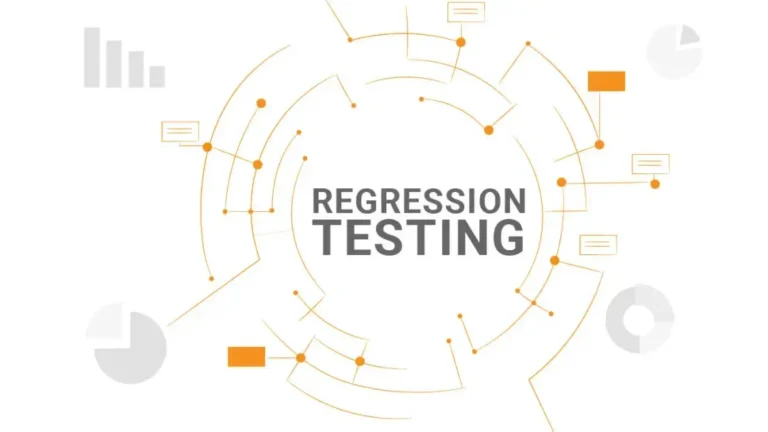Regression testing is a process where new code updates or modifications don’t compromise the overall performance of an app. The testing process ensures no unexpected side effects are produced in developing the app. Moreover, the testing process ensures the app still works as expected after the modifications. It ensures the complete reliability and stability of the software even after modifications. However, with the more complex apps, testing has become more and more necessary. However, regression test automation ensures this process can be sped up, and testing can be accomplished thoroughly with minimal human effort. Therefore, with automation, testing can be quickly accomplished, and human errors can be reduced.
The top benefits of automated regression testing
Automated regression testing has numerous advantages, including feedback, consistency, extensive testing, and the ability to execute more complex tasks. These advantages mean it’s paramount for effective software development. Let’s understand them in detail:
- Faster Feedback and Quick Issue Detection: It offers developers instant feedback. These tests can be quickly conducted after the code has been modified. Developers can immediately know if their modifications broke something in the software. Instead of testers working their way manually through a collection of test cases, automatic testing can do them with a single button. This generates quicker development iterations and more efficient troubleshooting.
- Consistency and Reliability: Automated regression testing ensures tests are conducted the same way each time. Unlike human testers, who may inadvertently skip steps or make mistakes due to fatigue or distraction, automatic scripts repeat tests with precise accuracy every time. The significance of this reliability stems from the need for every detail of the application to be thoroughly checked. Moreover, automated tests decrease the possibility of human errors, generating more precise outcomes.
- Cost-Effective Over Time: While setting up automatic testing initially costs substantial money and effort, it repays for itself. Once written and checked, automated tests can be reused without additional expenditure. Running them repeatedly, say, after every new feature addition or every bug fix, becomes more cost-effective than employing human testers who need to be hired and paid for every testing iteration. Over time, savings can be achieved.
- Better Coverage: Automated tests can achieve more ground compared to human testing. Thousands of tests can be performed rapidly with automation. Testing a range of scenarios is too complex or too cumbersome for a human tester. Extensive coverage this way means every facet of the software works, and every addition and every change has not broken anything. Furthermore, automation allows testing in multiple environments without manual effort.
- Improved Focus on New Functionality and Advanced Testing: By automating the regression testing, testers can devote more of their efforts towards testing of new functionalities or more complex scenarios. With repetitive testing being conducted via automation, the testing team can devote their efforts towards exploratory testing or discovering edge cases not covered under scripts. This forms a more complete testing strategy where the best of both worlds of human testers’ imagination and knowledge and of automation are blended.
Final words
To sum up, it is a best practice of today’s software development, ensuring code changes don’t compromise existing functionality. Automated repetitive tests can be stored with this, avoiding human errors and allowing for more efficient testing iterations. It also accommodates quicker releases without compromising quality. Regression testing ensures the stability of the software with every patch and becomes necessary for continuous integration and delivery processes. Ultimately, this contributes to higher reliability and customer satisfaction.
